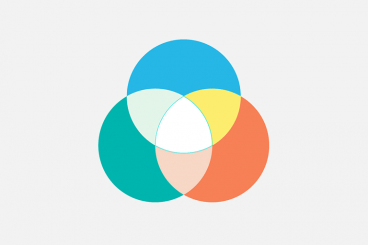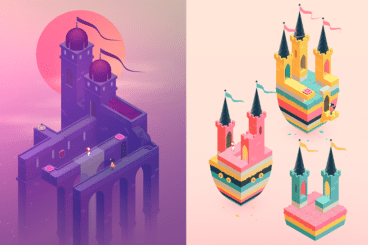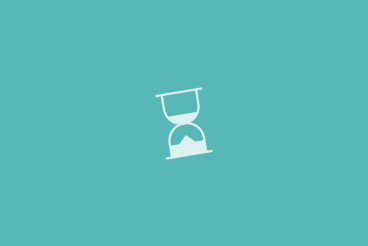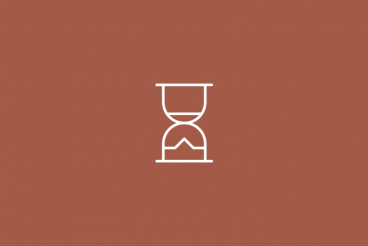
UX Design / 6 Nov 2017
7 Steps to Creating a Solid UX Strategy
Everyone knows that the first step in any business venture is research on the path to creating a strategy. This strategy determines how you’ll function and guide the decision-making process.
A website project – whether it is for a business or not – should follow the same concept. Without a solid user experience strategy, the design is likely to lack the features, elements and overall usability that make the website popular among visitors.
While the idea of creating a UX strategy might not sound like a lot of fun, it’s a valuable exercise. And when done well, and with purpose, can definitely be enjoyable!










